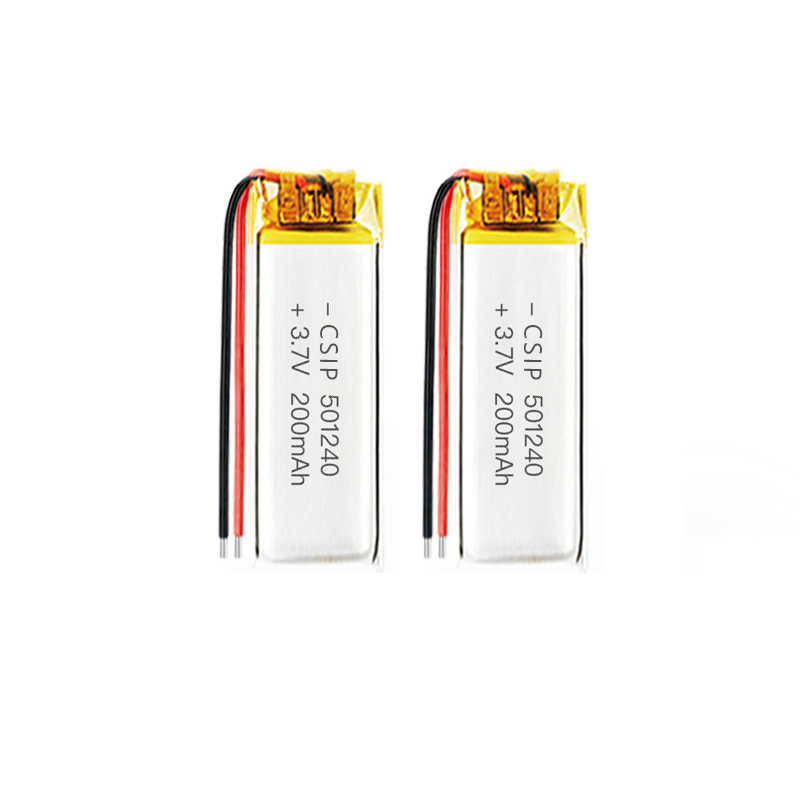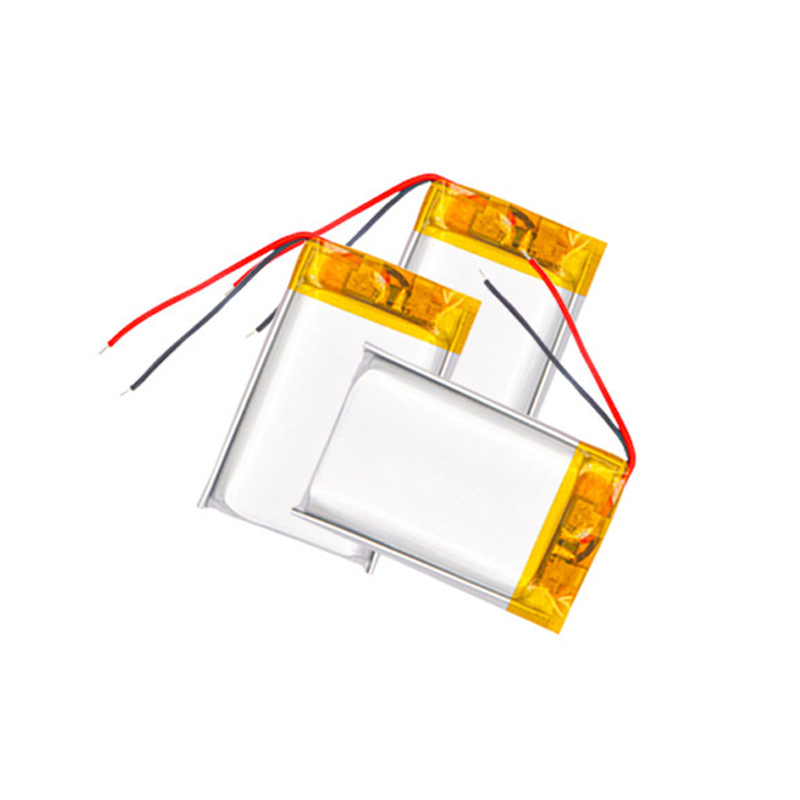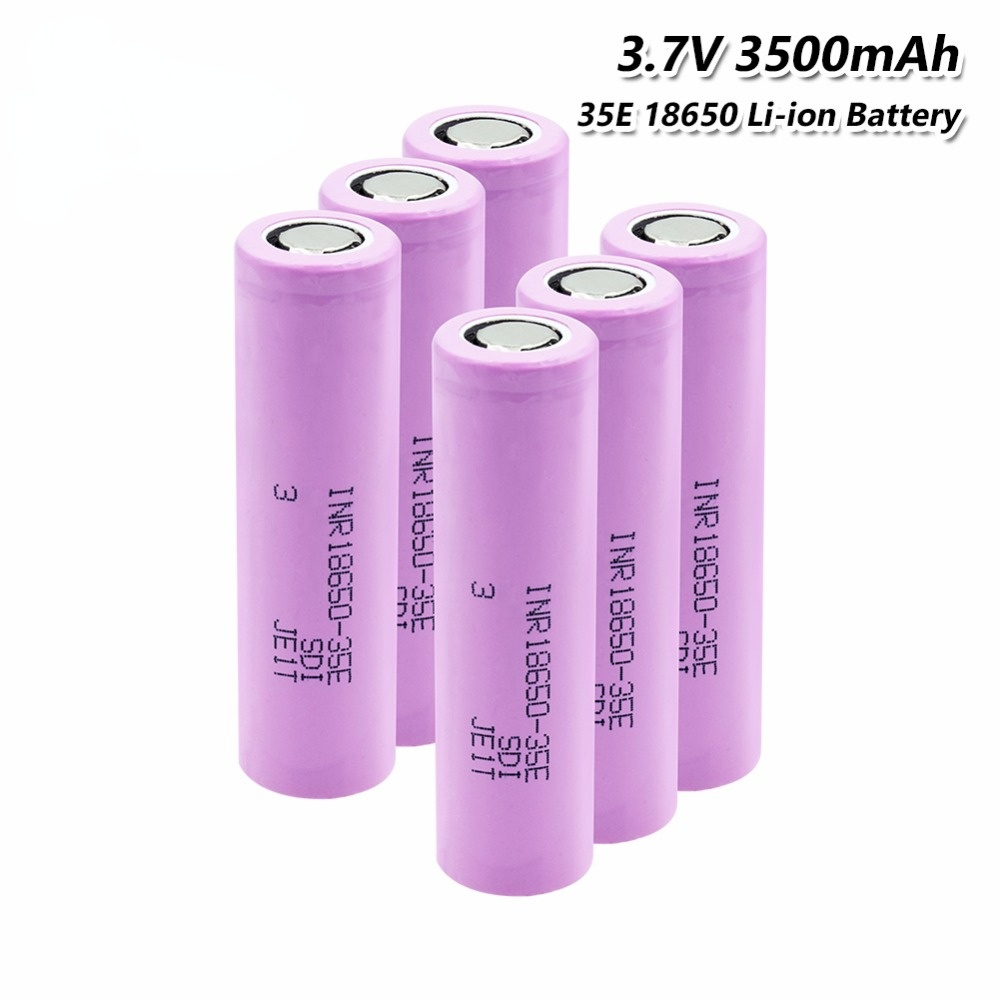Lithium polymer batteries are better than lithium batteries, the difference is that the raw accoutrements are different, the safety is different, the manufacturing process is different and the capacity is different.
1,Raw Accoutrements
This is the total cause of the different performance of lithium polymer batteries than lithium batteries. Polymer battery refers to the use of polymer accoutrements in at least one of the three major factors of the positive electrode, negative electrode or electrolyte.
Polymer battery cathode material in addition to the use of inorganic composites of lithium batteries, but also can be used to conductive polymer, lithium batteries use electrolyte( liquid or colloid)

2,Shape Difference
Polymer batteries can be thin, any area and any shape, the reason is that its electrolyte can be solid or colloidal rather than liquid, while lithium batteries use electrolyte and need a strong shell as a secondary packaging to accommodate the electrolyte.

3,Safety
Polymer is substantially a soft pack battery, using aluminium- plastic film for the shell, when the internal organic electrolyte is used, indeed if the liquid is veritably hot, it doesn't explode, but only breaks naturally.
4,Cell voltage
As polymer batteries use polymer accoutrements , can be made in the cellmulti-layer combination to achieve high voltage, while the nominal capacity of lithium battery cells is3.6 V, to achieve high voltage in practice, it's necessary to connect multiple cells in series to form the ideal high- voltage working platform.

5,Conductivity
The ionic conductivity of the solid electrolyte in polymer batteries is low and is presently bettered substantially by adding complements to make it a gel electrolyte. This also only increases the ionic conductivity, unlike lithium batteries where the conductivity is maintained at a stable value without being affected by the quality of the supplementary accoutrements .
6,Capacity
The capacity of polymer batteries isn't effectively increased and is reduced compared to the standard capacity of lithium batteries.

7,Manufacturing process
The thinner the polymer battery, the better the product, the thicker the lithium battery, which makes the lithium battery in the operation of further expandable areas.
8,Price
This is the crucial factor to determine the request capacity of the two, at present, the request price of polymer batteries is generally advanced than lithium batteries, which affects the request capacity of the two, the former to the ultimate rate is 19.

Cautions
Storehouse conditions at a temperature of 20 ± 5 °C and a moisture of not further than 50. Air and water vapour corrosion of the aluminium antipode must be avoided during transport.
This product is divided into two models A and B. The crucial characteristics of each are model A has a black appearance, with a conventional coating consistence of 4
8μm on both sides and further outstanding electrical conductivity; model B has a light slate appearance, with a conventional coating consistence of 2
3μm on both sides, and the coating area can be made with smaller layers of welding and can be linked by the coating machine to jump gaps.
The B model( grey) carpeted carbon aluminium antipode can be directly ultrasonically welded in the coating area and is only suitable for welding pole lugs( up to 2- 3 layers of pole pieces) in curled cells, but the power and time of ultrasonics needs some fine adaptation.
The heat dispersion of the carbon subcaste is worse than that of the aluminium antipode, so the belt speed and baking temperature need to be fine- tuned meetly when doing the coating.
This product has a considerable enhancement on the overall performance of lithium batteries and capacitors, but it can not be used as a major factor to change the performance of certain aspects of batteries, similar as battery energy viscosity, high and low temperature performance, high voltage,etc.


 Home
Home CSIP
CSIP  Feb 17,2023
Feb 17,2023 
 CSIP Lithium batteries
CSIP Lithium batteries 
 Dec 24,2022
Dec 24,2022 







